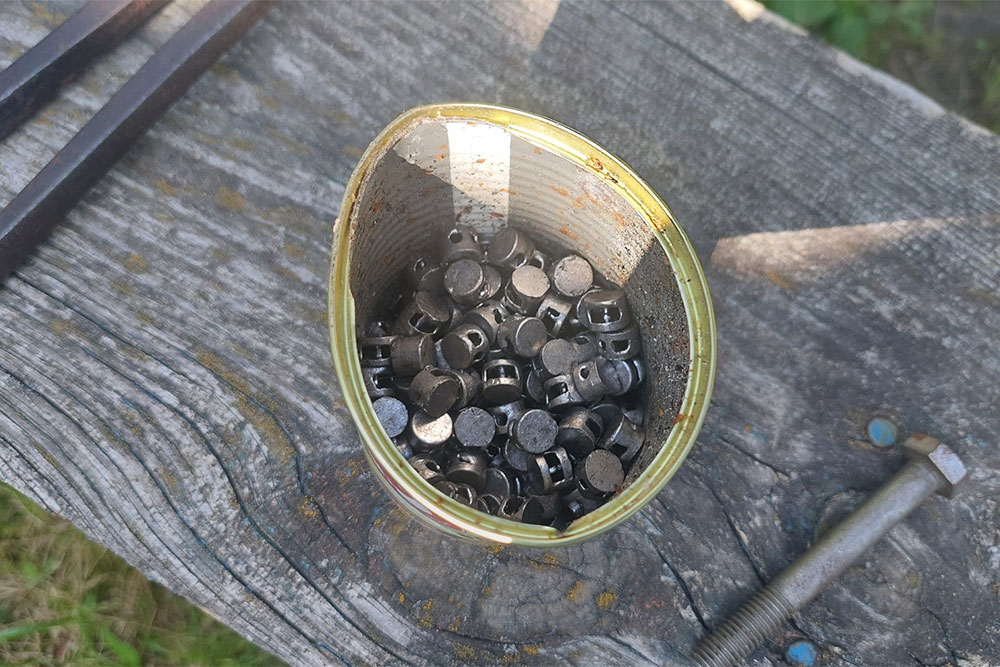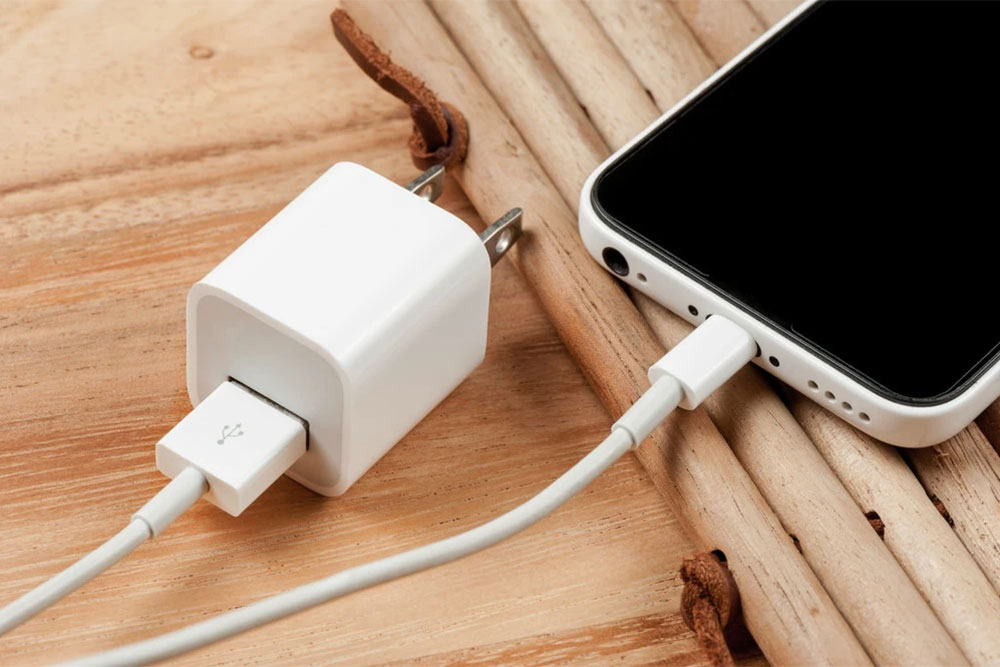Lead is a soft, heavy metal that has been known to mankind for thousands of years. It is characterized by high density, low melting point and good corrosion resistance. Due to these properties, lead has found wide application in various fields, including construction, electrical engineering, battery production, as well as in many other industrial and scientific fields. However, due to its toxicity, the use of lead in some areas is being severely restricted and replaced by safer alternatives.
Melting point of lead
The melting point of lead depends on its purity and pressure. Typically, lead smelting temperature ranges from 327.5 to 327.4 degrees Celsius (621.5 to 621.3 degrees Fahrenheit). However, it is worth considering that this temperature may vary slightly depending on environmental conditions.
It’s also worth noting that lead has a low melting point compared to many other metals, making it a useful material for use in a variety of industrial and manufacturing processes, as well as for home smelting and casting.
How to melt lead at home?
Knowing at what temperature lead melts, you can melt lead at home quite easily. However, basic precautions must be taken as lead is a toxic metal and can cause health hazards if not handled correctly. Here are the steps on how you can melt lead at home:
1. Prepare equipment and work area:
- Wear safety glasses and gloves to protect your eyes and skin from possible contact with molten lead.
- Work in a well-ventilated area or outdoors to avoid inhaling toxic fumes.
2. Use a stove or gas heater:
- Place the pan or metal container on the stove or gas heater.
- Turn on the heat and wait for the dishes to warm up.
3. Add lead:
- Place the pieces or piece of lead in a heated bowl.
4. Wait for melting:
- At the low melting point of lead (327.5 to 327.4 degrees Celsius), it will quickly begin to melt.
- Give it time to completely melt and form a liquid mass.
5. Turn off the heat and handle the molten lead carefully:
- Once the lead has melted, turn off the heat and handle utensils containing molten metal carefully.
- Avoid possible splashing or spilling of molten lead.
6. Cool and protect:
- Allow the molten lead to cool and set slightly before touching it or moving the utensil.
- Keep lead out of the reach of children and animals.
Remember that when working with toxic materials such as lead, it is important to follow safety precautions and work in a well-ventilated area. If you have no experience working with metals or doubt your skills, it is better to seek help from specialists or professionals.




